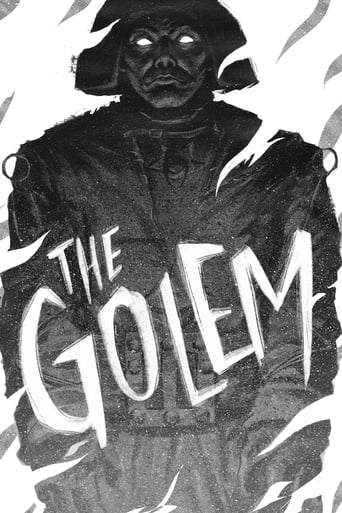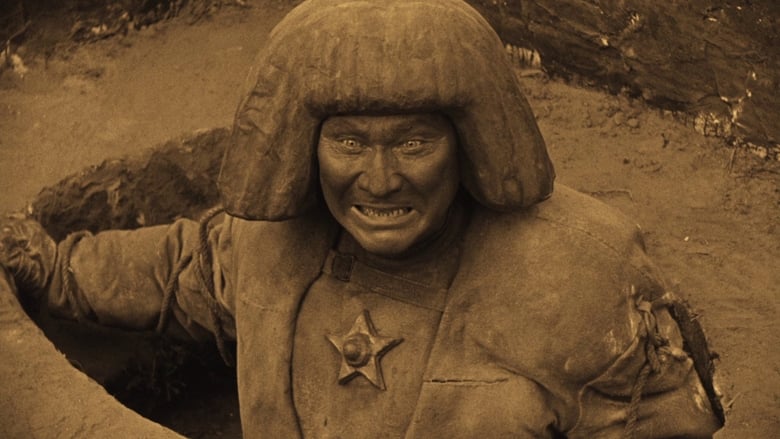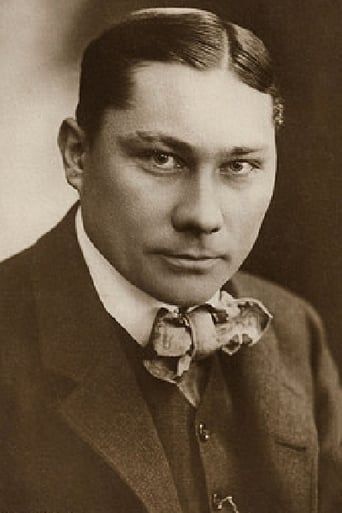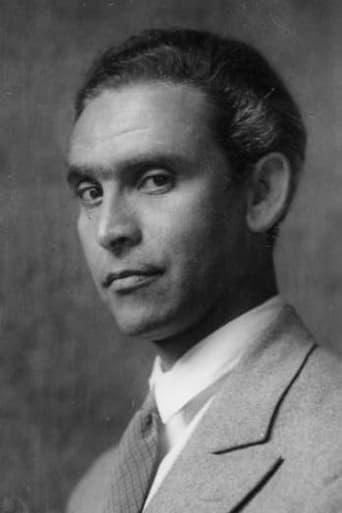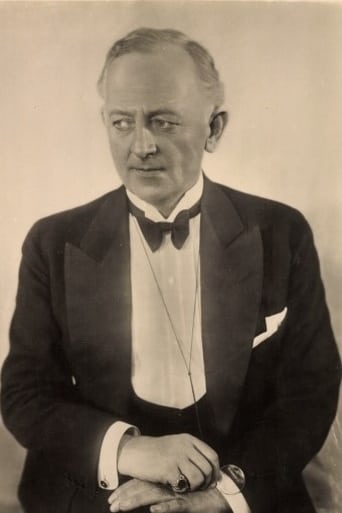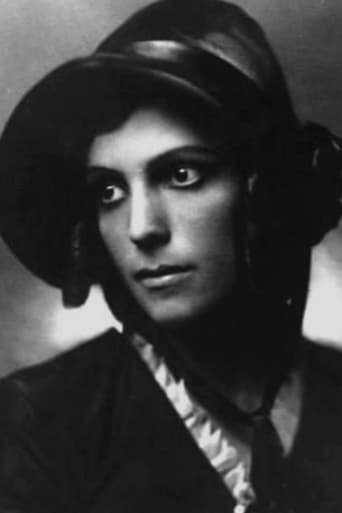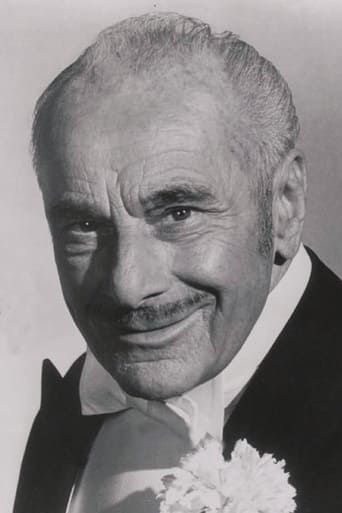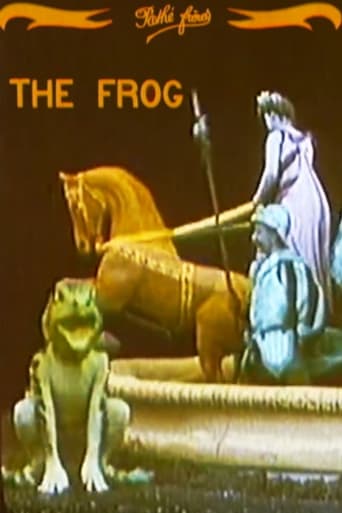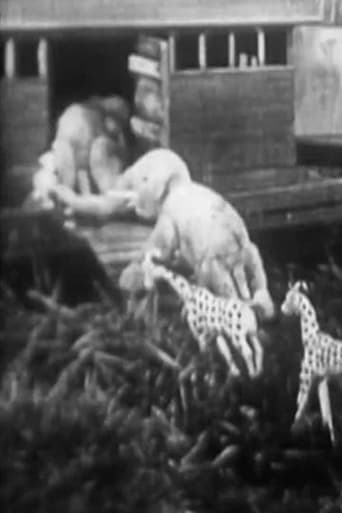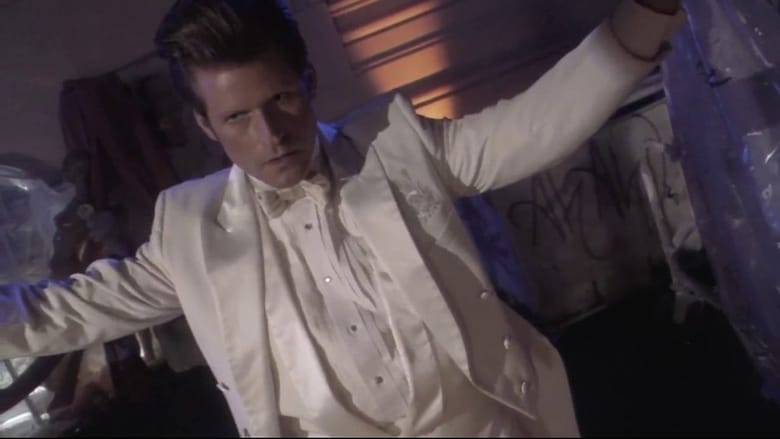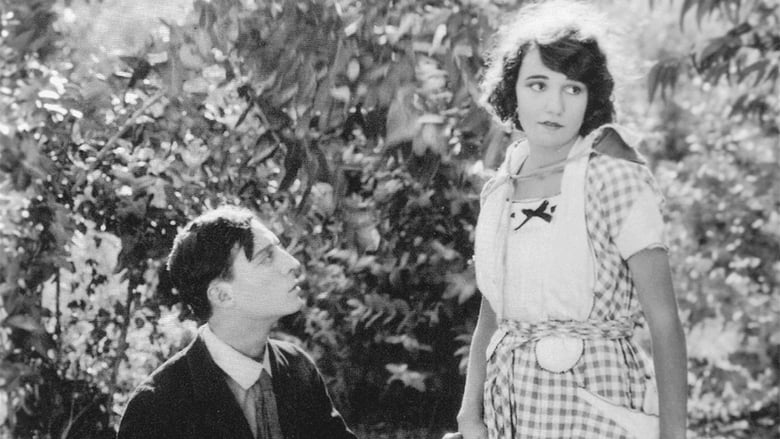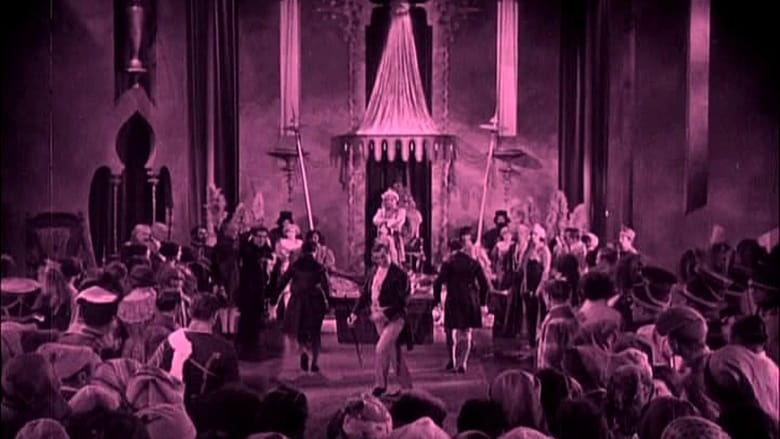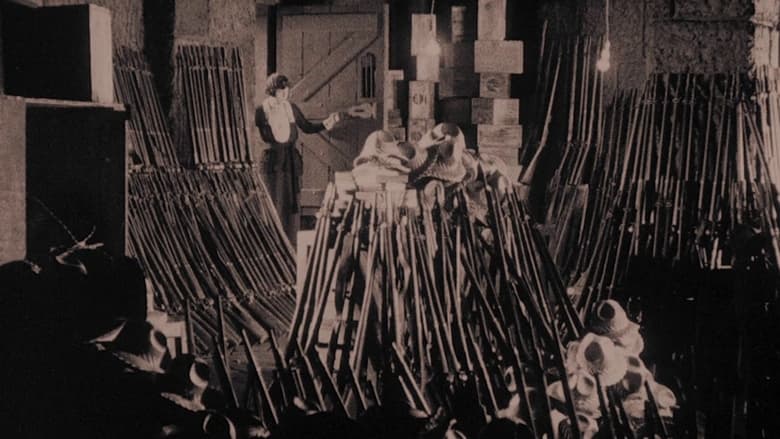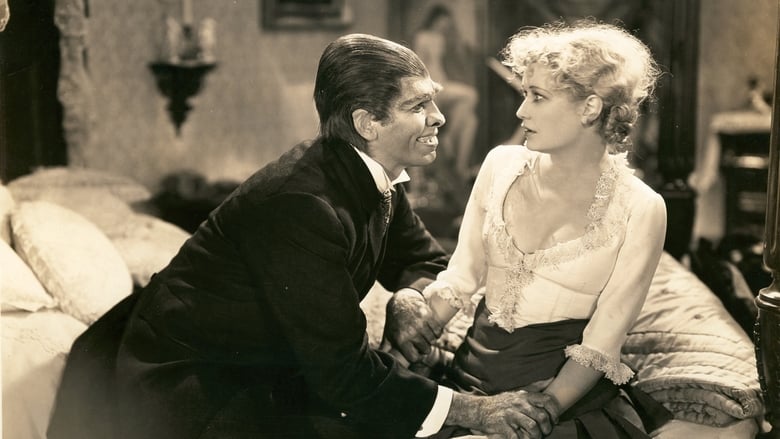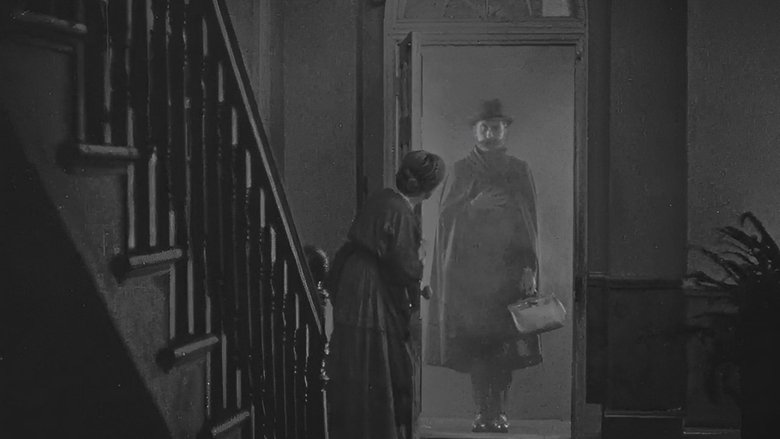In 16th-century Prague, a rabbi creates the Golem - a giant creature made of clay. Using sorcery, he brings the creature to life in order to protect the Jews of Prague from persecution.


Similar titles
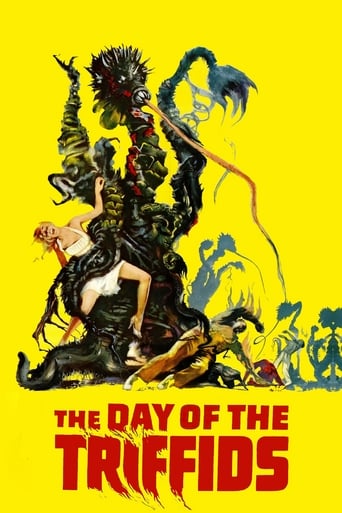
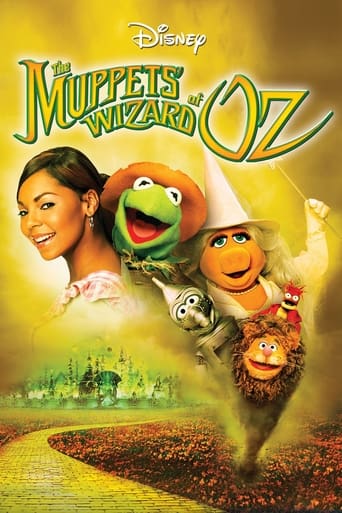
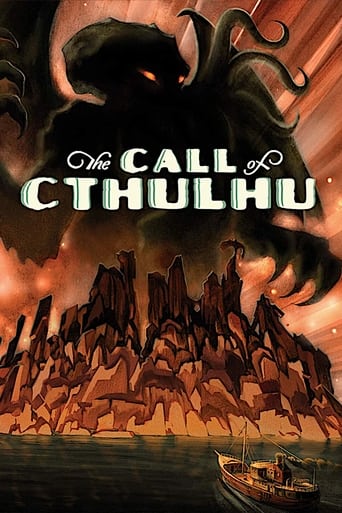
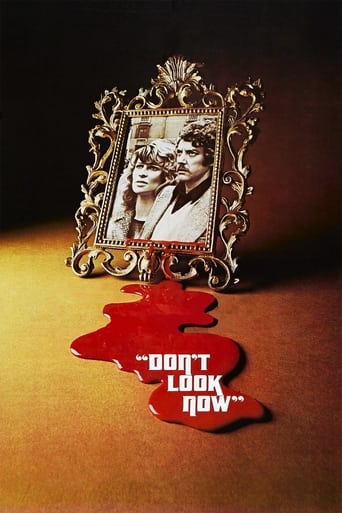
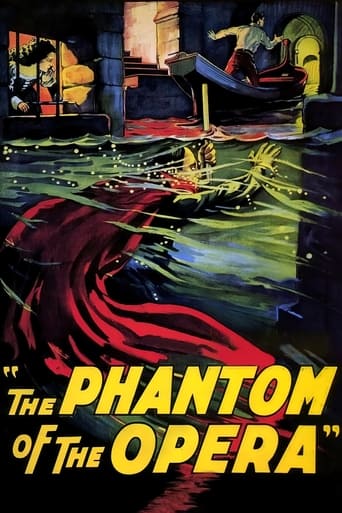
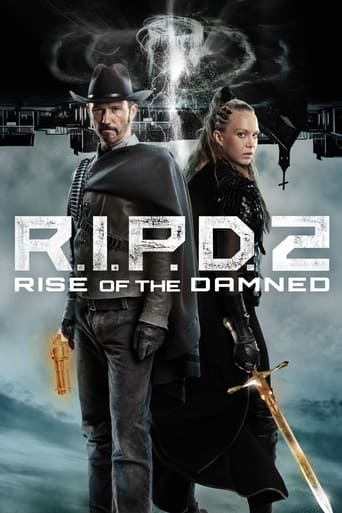
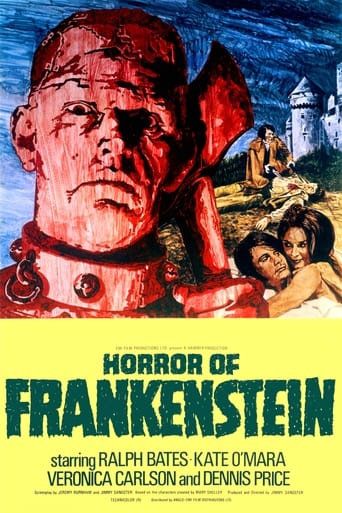
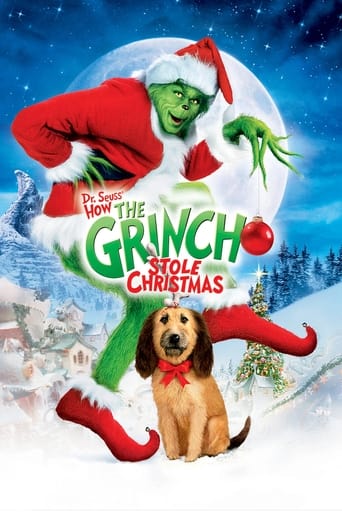
Reviews
"The Golem" lays the cinematic groundwork for the 1931 motion picture version of "Frankenstein" . In character design, wardrobe, and interaction with its creator and the world around it, the two monsters do resemble one another. In this case, "The Golem", is a monster created from clay and magic rather than from spare body parts and science, and the monster's creator is a Rabbi. I think I was more shocked to see a Rabbi portrayed as someone who openly dabbled in the black arts and astrology than anything else the film offered. The Rabbi is even shown conjuring up a "god" - Asteroth - and forcing him to produce the life-giving word to bring "The Golem" to life. Any casual reader of the Old Testament will see that the Jews were repeatedly warned against having anything to do with the occult - it was considered blasphemy and worthy of the death penalty under Jewish law. If this is how Germans perceived the practice of the Jewish religion in 1920, fifteen years before the Holocaust began, it might explain a great deal, but nothing about this aspect of the film is mentioned in the extra features of the Kino set in which I saw it, "German Horror Classics".One more interesting parallel to the 1931 film "Frankenstein" is in how the Golem, originally created to protect the Jews but now on a rampage, is destroyed. It is a twist on a similar innocent act in "Frankenstein", one so horrific in its effect that the scene was exorcised from prints of Frankenstein throughout the production code era. I suggest you watch both films and see what I'm talking about.
While Paul Wegener's The Golem may not rank with The Cabinet of Dr. Caligari or Nosferatu with its significance, artistic splendour, and innovative highlights, it does nonetheless serve as one of the shining spotlights of silent films and in particular "horror" silent films. Oozing German expressionistic techniques throughout, director Wegener offers us a story of a Jewish ghetto in Prague being condemned for exile by a new decree from the emperor. This comes shortly after Rabbi Loew has received from the stars a message that doom will come to his people. Loew immediately starts creating a golem - a figure of a giant man made from clay that legend says can be brought to life to protect Loew's people. The story moves from the incredibly fascinating ritual used to create and imbue the creature with life to a storyline of a Jewish girl Miriam in the temple falling in lust with Florian the emperor's messenger to the golem walking around doing everyday activities and becoming the servant of Rabbi Loew to the golem "terrorizing." The golem - Paul Wegener playing the part - is unique and imposing. Watch his eyes. They act out loads of emotions whilst the body and facial muscles barely move. The film has wonderful scenes throughout from the secret word being given to Loew to the film in film of what happened to Rabbi Loew's people and the fall of the palace to the flowery ending. The expressionistic acting is all very solid and Wegener's genius is obvious when you see what hats he wears in the film: actor and director. Camera work is done by Karl Freund who would go on to direct himself and come up with incredible innovations with camera-work. There is no doubt in my mind what role this film had in James Whale's collective conscience when he decided what his vision of Frankenstein would be. The Golem is a blueprint right down to the scene with the little girl and the flower. As to the whole Jewish question I see so many viewers engage in about whether the film is pro or con, there is no doubt the Jews are portrayed sympathetically in the film from their plight from Egypt in the memorable film in film scene to the sense of hollowness and dejection the actors give off. The German officials are portrayed as buffoons for the most part. There is also a negative result though that the black arts are connected with Jews. It is a Rabbi that is able to conjure the spirit of an ancient sorcerer. He controls an inanimate object used to destroy. These are somewhat contradictory and though I believe Wegener's efforts to be ultimately filled with good intent, I could see where a film like this could also fuel the most emboldened anti-Semites because it reinforces a terrible stereotype. I don't want to get too bogged down with the historical implications of the film as I do not know nearly enough about its impact to say anything with any real meaning with regard to that subject. What I will say is this: The Golem is one of the most influential films in the catalogue of silent films and its impact in direction and in the genre are obvious and cannot be overstated really. Every time you see a depiction of Frankenstein's Monster you see its impact.
Most of what we see here we saw first in DER GOLEM, the initial entry in this series ("History's first horror series!"). That's not a criticism, per se, just an observation. The true marvel of this movie (aside from the Golem himself, of course) is the fidelity to the illustrations in the book: the sets are literally three-dimensional representations of the artwork therein. For those who feel that the tale here told is almost prescient, consider this cold, hard fact: the Nachtmare to come might not have occurred at all without the anti-semitism festering in this country during the early part of the 20th century. I refer those interested to the book THE NAZI NEXUS. As for this movie, see it for the stunning sets if nothing else.
Once again a real appreciation for the importance and influence of a classic can be tempered a bit by its portrayal and themes. Paul Wegener's The Golem is a masterful expressionistic film with obvious influences on Frankenstein and other imagery that has subsisted throughout film history. It's well-directed, the editing is especially amazing for the time, the acting is great (the method has gone out of style and is sometimes mocked and mugged, but at the period it came out it was a very good way to get the point across), and a very precise use of color tinting adds dimensionality.And it's also antisemitic. There's just no denying it, like as to appreciating the narrative influence of Birth of a Nation while not being able to ignore its racism. At least the Jews in this movie are not so animalistic and cannibalistic as in Birth of a Nation, but here they are portrayed as blackmailing sorcerers tampering with natural laws unto their own destruction. If anything has aged and dated poorly in this movie, making it laughably kitsch. it's not the expressionistic acting, it's not the silent film, it's not the film techniques, it's the portrayal of Jews.However, at least the Golem itself is an interesting character. Wegener's acting and the suit, arguably silly looking but definitely clay-like and picturesquely animated by his movements, are really quite engaging, and the movements again are both immediately haunting and echo through to portrayals of Frankenstein, zombies, and other horror film monsters throughout history.It's still a worthwhile film. Just take it with a grain of salt.--PolarisDiB
